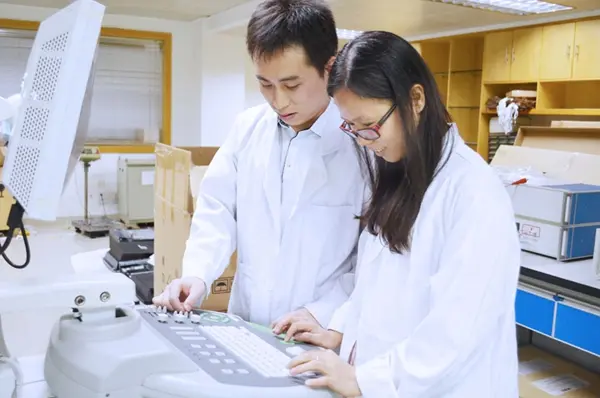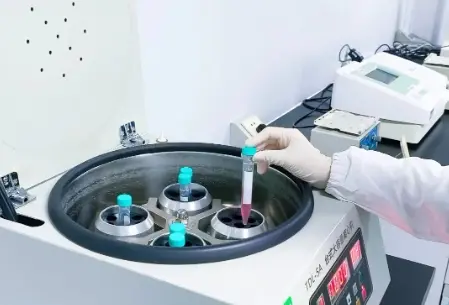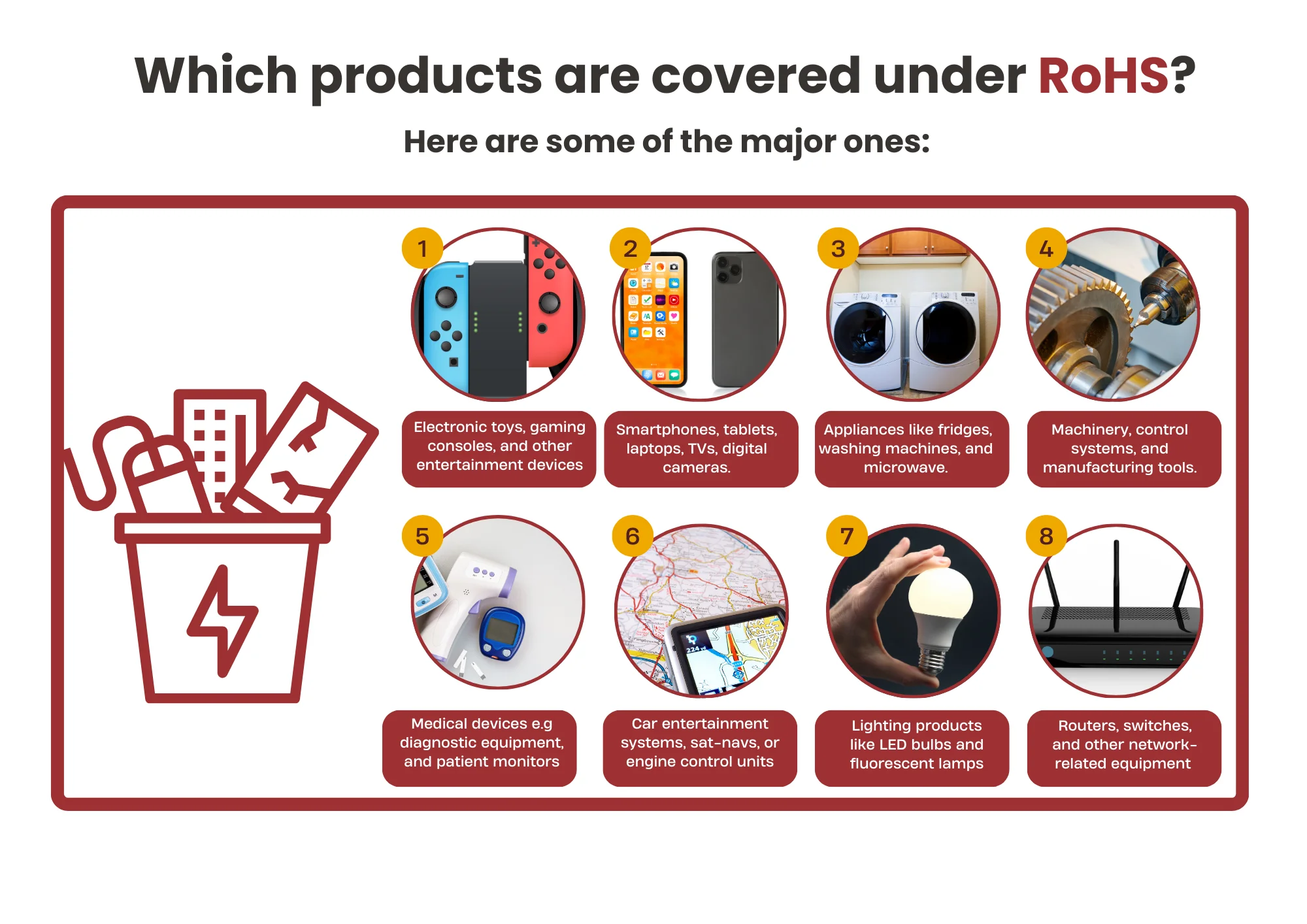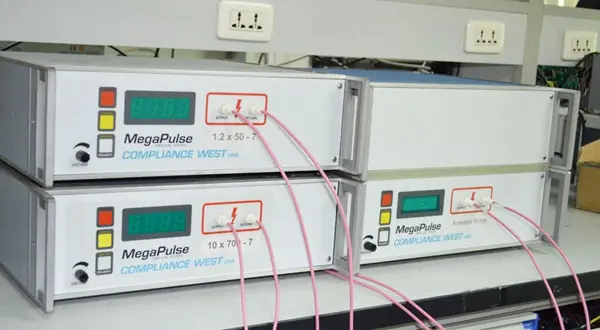
Medical Device Toxicological Risk Assessment
Medical Device Market Background
Today, the medical device industry continues to grow worldwide and has broad prospects for development. Institutional forecasts show that the global medical device market will reach US$ 766.7 billion in 2025 , and the Asia-Pacific region will reach US$ 209.1 billion in 2025. The Chinese medical device market is expected to exceed RMB 1.1 trillion in 2024. According to statistics from the China National Medical Products Administration, a total of 13,260 applications for first registration, renewal registration and change registration of medical devices were accepted in 2023 , an increase of 25.4% compared to 2022 .

As a special commodity, the safety and effectiveness of medical devices are the key to protecting human health and life safety. The international regulation of medical devices started early. Since 1976 , the United States has established a method of classifying and managing medical devices in the form of law. The European Union promulgated three medical device directives between 1990 and 1998 , and promulgated the Medical Device Regulatory Law ( MDR ) in 2017 to uniformly implement medical device regulation within the European Union. Although China's medical device industry developed relatively late, China has quickly established a medical device regulatory system by drawing on the experience of European and American countries, and has continued to update it with the continuous development of the industry.
1. The “Medical Device Product Registration Management Measures” was issued in 1996
2. In 2000 , the State Council promulgated the "Medical Device Supervision and Administration Regulations"
3. 2014 revision of the Medical Device Supervision and Administration Regulations
4. Implement the newly revised "Medical Device Supervision and Administration Regulations" in 2021 and implement the " four strictest "
As countries accumulate experience in medical device regulation, all regulatory systems now emphasize "full life cycle" regulation of medical devices. Before conducting clinical trials, medical device products must undergo a variety of tests to demonstrate their safety and effectiveness, including packaging material testing, biological evaluation, electrical safety testing, etc. China JJR Life Sciences Services can provide a variety of support for the biological evaluation of medical device products to meet customers' domestic and international reporting needs.
Biological evaluation
Both ISO 10993 and ISO 18562 require biological evaluation to be carried out in the risk management process, and emphasize that biological evaluation should be carried out throughout the entire life cycle of medical device products. The former is mainly for medical devices with direct or indirect contact. Since some medical devices contain respiratory airway parts, their contact with the human body is different from that of non-airway products, so the ISO organization promulgated the latter to guide the biocompatibility evaluation process related to the airway.

The two series of standards emphasize the identification of potential hazards based on product types and the assessment of existing information to determine the necessity and extent of biological evaluation. Specifically, the biological evaluation process starts with the physical and chemical characterization of materials, and conducts toxicological risk assessment on the characterization results (such as extractables or leachables of medical devices or materials) to determine the necessary biological tests and finally complete the entire evaluation.
It can be seen that chemical characterization and toxicological risk assessment can provide a scientific basis for the design and manufacture of medical devices, reduce animal testing in biological evaluation, reduce costs, and speed up the product development and registration process, but this also places higher requirements on the qualifications and experience of the corresponding practitioners.
ISO 10993-17 Toxicology Risk Assessment
After the medical device has completed chemical characterization testing ( ISO 10993-18 ) , a toxicological risk assessment must be conducted in accordance with the methods and principles in ISO 10993-17 Biological evaluation of medical devices – Part 17: Toxicological risk assessment of medical device constituents .
The second edition of the standard was updated in September 2023. Compared with the first edition in 2002, it has undergone considerable changes, further reflecting the importance of toxicological risk assessment in biological evaluation. The new version of the standard provides clearer guidance on assessment methods and introduces many new concepts , such as TQmax (total quantity maximum) , TSL (toxicological screening limit) , EED (estimated exposure dose), etc.
TQ (Total Quantity) and TSL (Toxicological Screening Limit)
The TQmax concept takes into account the risks caused by long-term or repeated use of medical devices. It must be combined with the use mode and frequency of the product and conservatively calculate the cumulative exposure of each detected substance based on the chemical characterization results.
The TSL concept is based on the TTC value (threshold of toxicological concern) and cumulative exposure of ISO 21726. Two TSL values are specified according to the duration, namely TSL≤30 d = 120 μg and TSL>30 d = 600 μg . When the TQmax of the detected substance does not exceed the corresponding TSL value, it is considered that the toxicological risk of the compound is negligible during the corresponding cumulative exposure time, and there is no need to further calculate the MOS (safety margin), which can reduce the workload of toxicological assessment to a considerable extent and speed up the assessment. Otherwise, it is necessary to further calculate the estimated exposure of the detected substance and calculate the MOS in combination with its toxicological limit .
EED (Estimated Exposure Dose)
The calculation of EED is based on TQ , taking into account the release kinetics of the chemical components of the medical device, the segmented use time of the device, and the minimum weight population using the evaluated device. The exposure is calculated in μg /kg/ day , which ensures that the exposure is conservative and strict. In general, chemical characterization tests assume the most stringent substance release results ( assumed worst-case constituent release ). For the release kinetics test results at multiple time points, the standard also provides the corresponding formula for EED calculation.

Toxicological Limits
In terms of toxicological limits, the 2023 version of the standard only retains TI (tolerable intake value), cancels the concepts of TE (tolerable exposure) and AL (allowable limit) in the 2002 version, and explicitly requires the derivation of the corresponding TI value based on the duration of use of the device ( ≤1 day, 2-30 days, 31-365 days or ≥366 days) . The establishment of the TI value should be based on the toxicological data of the detected substance, including repeated exposure toxicity, genotoxicity, carcinogenicity, reproductive developmental toxicity, etc. of humans and experimental animals, and is derived through comprehensive judgment. For substances that lack toxicological data, the corresponding TTC value can be used.
Risk determination criteria
The results of toxicological risk assessment are determined by MOS . When calculating MOS , the detection results of assumed release kinetics should be calculated using the corresponding EEDmax and TI segments.
For example, if the cumulative use time of a device is <365 days, if the chemical components detected in the device exceed the corresponding TSL value, the MOS of ≤ 1 day, 2-30 days and 31-365 days need to be calculated respectively . When the MOS of all substances in a device is greater than 1 , the toxicological risk of the device is considered acceptable.
ISO 18562 series
For medical devices with breathing air circuits, corresponding tests need to be carried out in accordance with the ISO 18562 series of standards. Toxicological risk assessment is also required for VOC (volatile organic compounds) and leachable substances in condensed water, and the toxicological limit values ( TI values) of the detected substances are established with reference to ISO 10993-17 .
It should be noted that for VOC substances without toxicological data, the TTC value for inhalation route proposed in this series should be used . Based on the toxicological limit and detection amount of the detected substance, the MOS can be calculated and a conclusion can be drawn as to whether the toxicological risk of the product is acceptable.
Commonly used specifications and standards for biological evaluation of medical devices at home and abroad
ISO 10993-1:2018
Biological evaluation of medical devices – Part 1: Evaluation and testing within a risk management process
ISO 10993-17:2023
Biological evaluation of medical devices – Part 17: Toxicological risk assessment of medical device constituents
ISO 10993-18:2020
Biological evaluation of medical devices – Part 18: Chemical characterization of medical device materials within a risk management process
ISO 18562-1:2024
Biocompatibility evaluation of breathing gas pathways in healthcare applications — Part 1: Evaluation and testing within a risk management process
ISO 18562-2:2024
Biocompatibility evaluation of breathing gas pathways in healthcare applications — Part 2: Tests for emissions of particulate matter
ISO 18562-3:2024
Biocompatibility evaluation of breathing gas pathways in healthcare applications — Part 3: Tests for emissions of volatile organic substances
ISO 18562-4:2024
Biocompatibility evaluation of breathing gas pathways in healthcare applications — Part 4: Tests for leachables in condensate
GB/T 16886.1-2022
Biological evaluation of medical devices Part 1 : Evaluation and testing in the risk management process.
Email:hello@jjrlab.com
Write your message here and send it to us
 EMC Pre Compliance Testing
EMC Pre Compliance Testing
 PAHs Testing (Food and Textile)
PAHs Testing (Food and Textile)
 Where to Apply for the EU RoHS Test Report?
Where to Apply for the EU RoHS Test Report?
 Children’s Products and Toy Testing
Children’s Products and Toy Testing
 What is a GB 31701 Test Report?
What is a GB 31701 Test Report?
 UN 38.3 Transportation Test
UN 38.3 Transportation Test
 Toxicological Risk Assessment of Medical Devices
Toxicological Risk Assessment of Medical Devices
 How to get the Vacuum Cleaner UL 1017 Test Report?
How to get the Vacuum Cleaner UL 1017 Test Report?
Leave us a message
24-hour online customer service at any time to respond, so that you worry!




